Medieval shipwreck discovered in Norway during hunt for WWII ammunitions
What could be one of Norway's oldest shipwrecks has been found on the bottom of a lake near Oslo, during an effort to locate the tons of unexploded ammunition dumped there since World War II.
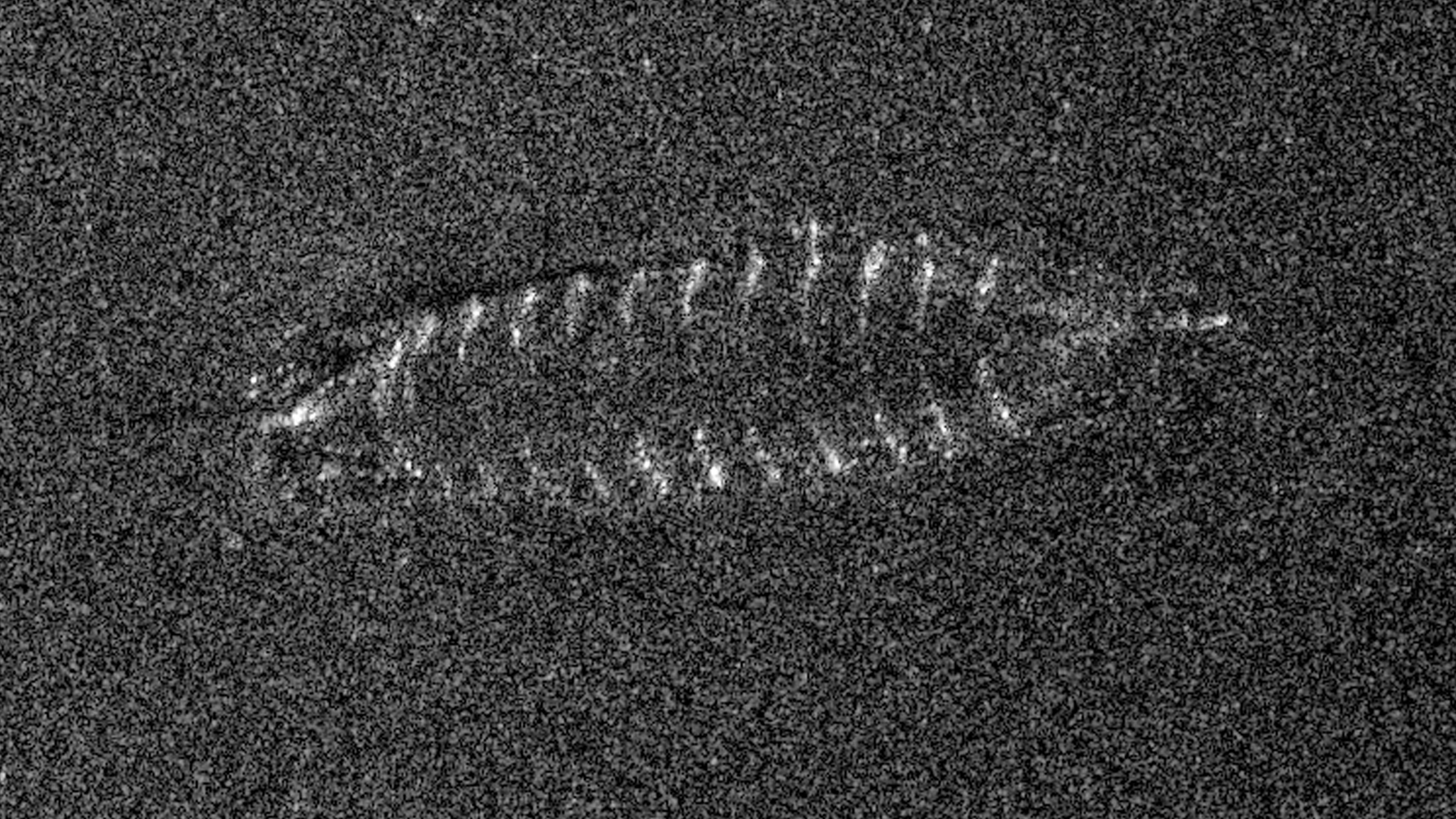
Archaeologists have discovered the remains of a mysterious vessel that could be one of Norway's oldest shipwrecks, during an effort to locate tons of unexploded ammunition dumped on the bottom of a lake near Oslo.
Sonar images show the hull of the 33-foot-long (10 meters) wooden ship at a depth of about 1,350 feet (410 m) beneath the surface of Lake Mjøsa, about 60 miles (100 kilometers) north of the Norwegian capital.
What is known of the ship's construction suggests it was built up to 700 years ago, soon after the transition from Viking ships — which were almost the same at both ends — to medieval designs with a distinctive bow and stern, Øyvind Ødegård, a maritime archaeologist at the Norwegian University of Science and Technology (NTNU), told Live Science.
"We only have the acoustic [sonar] images of the wreck," he said. "But it appears from the data that there is the outline of something that possibly could be a stern — and if that's the case, then that doesn't really appear until the 1300s."
So far, bad weather and poor visibility have prevented researchers from investigating the wreck site with camera equipment, and it now looks like that won't be possible until conditions improve next year, Ødegård said.
Related: Radar uncovers Viking ship buried on Norway farm
The sonar images clearly show the distinctive frame of a "clinker-built" ship, a traditional Norse boatbuilding method in which the planks of the hull overlap, making the hull lighter. During the medieval period, that method was superseded by smoothly joined planks on stronger "carvel-built" ships, a Mediterranean innovation.
Sign up for the Live Science daily newsletter now
Get the world’s most fascinating discoveries delivered straight to your inbox.
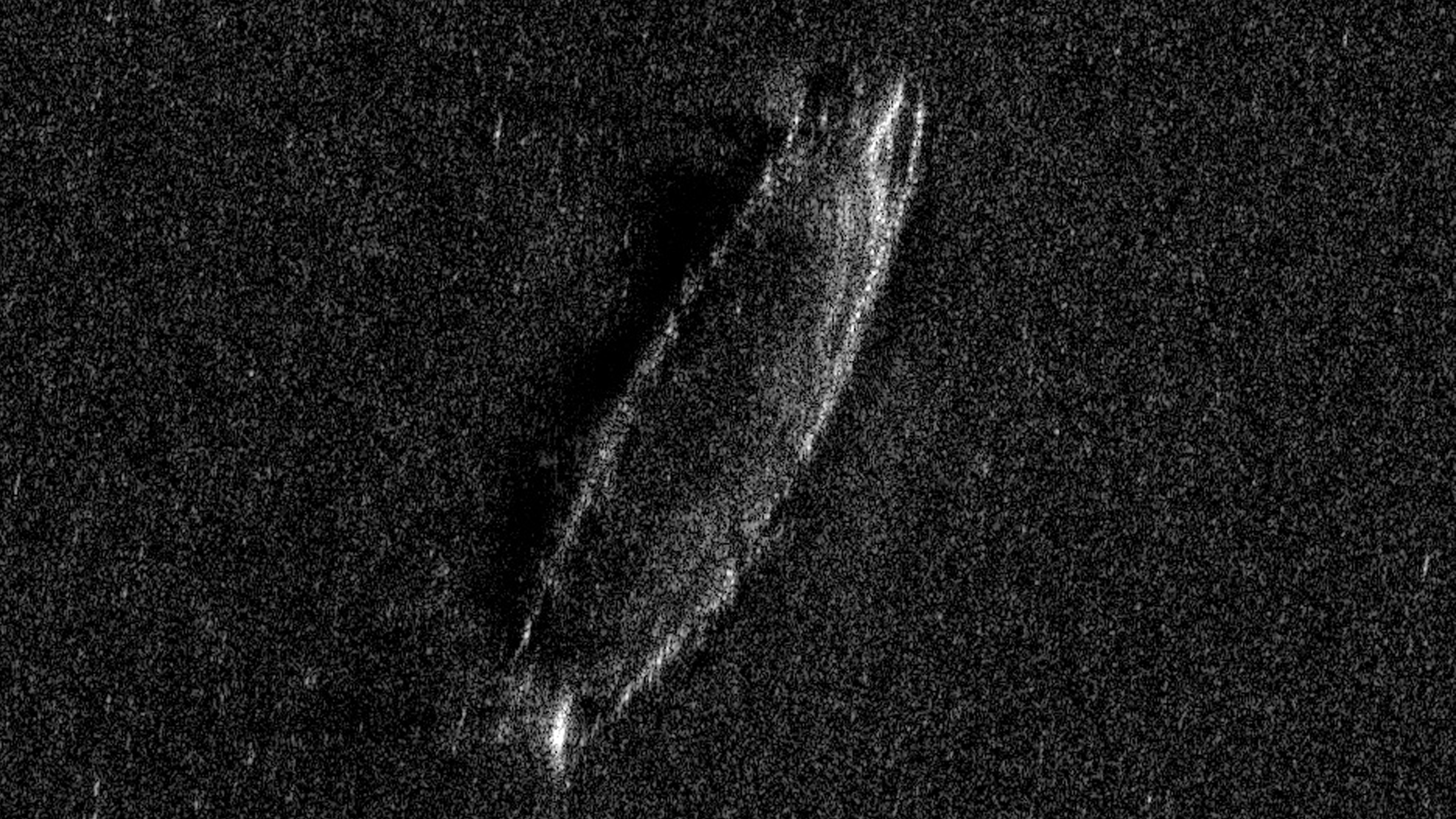
Historic lake
Ødegård is part of a project led by the Norwegian Defence Research Establishment (FFI) in collaboration with NTNU to locate and map hundreds of tons of surplus ammunition dumped in Lake Mjøsa from the 1940s until the 1970s.
The lake has also been a vital trade route between prosperous communities since at least the Viking Age (the eighth to 11th centuries), and Ødegård said he was drawn by the possibility of finding cultural objects in the depths.
"Finding the wreck was almost a byproduct of the original mission to map dumped munitions," he said. "I expected to find some things — that's why I was participating in the project."
Lake Mjøsa covers more than 140 square miles (360 square km); of that area, only about 15 square miles (40 square km) have been mapped, using the FFI's Hugin autonomous underwater vehicle (AUV).
The AUV is equipped with sonar — sound navigation and ranging — which uses the reflections of sound pulses to make detailed acoustic images of the surroundings, even in almost lightless environments, such as the depths of the lake.
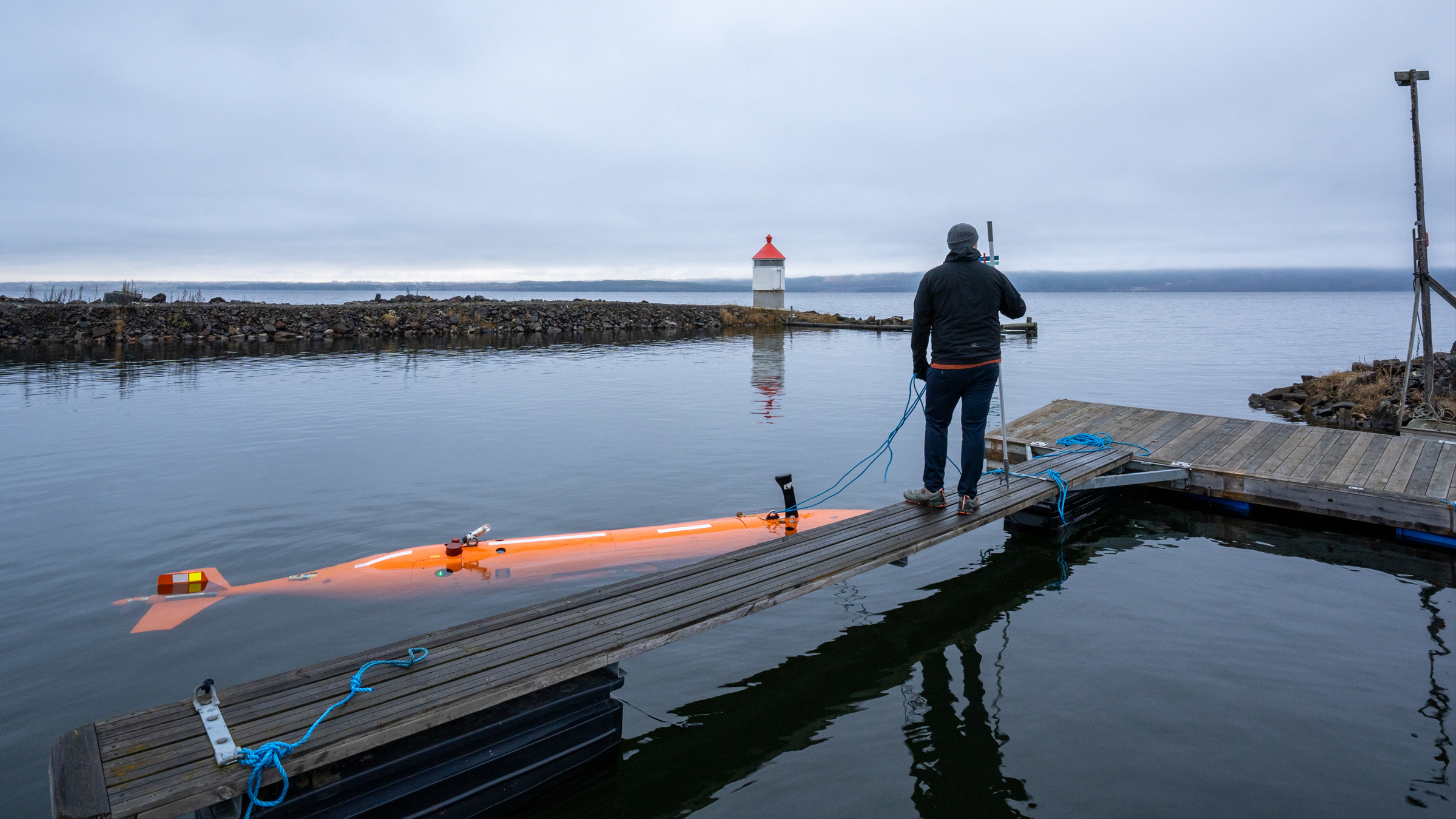
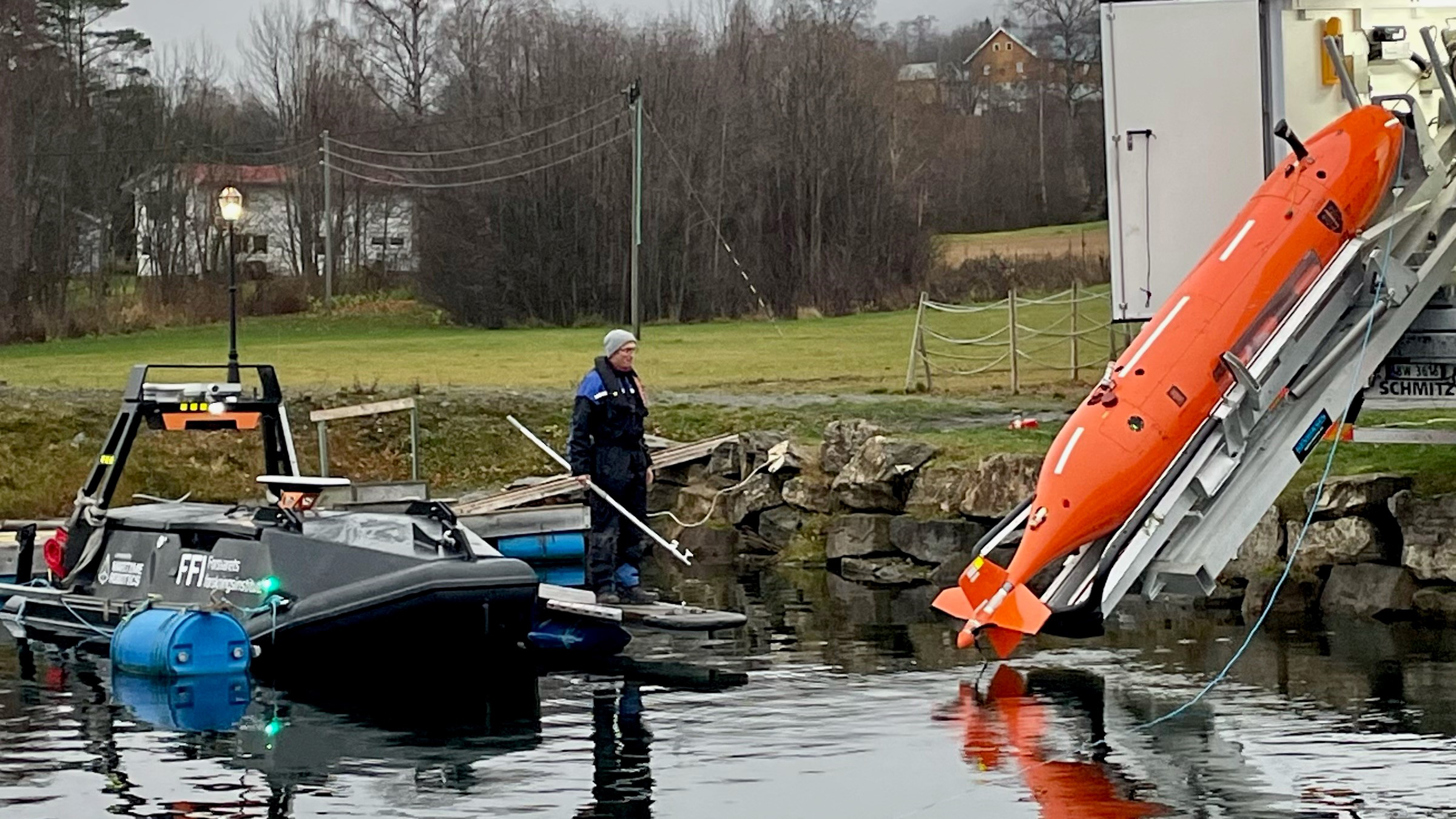
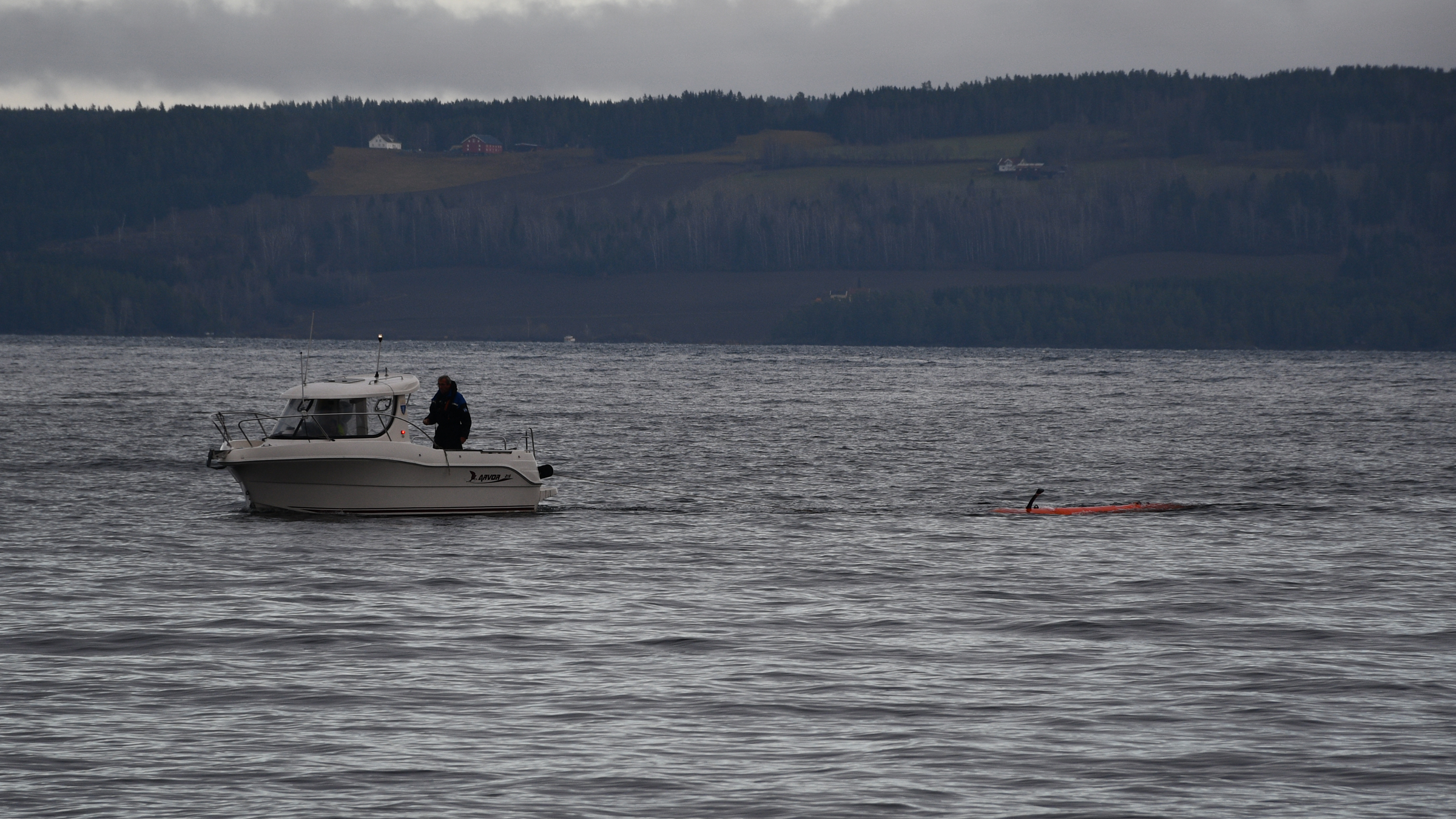
Mystery ship
Several acoustic images from the AUV have been used to make a three-dimensional model of the wreck.
Ødegård suggested that the vessel would have had a single mast with a square sail — much like a Viking ship — but that it seems to have sported a central rudder, rather than the traditional Viking rudder on the right side of the hull.
Ships of the same size and build were probably common on Lake Mjøsa in the medieval period, although the researchers won't be able to determine the vessel's purpose until they can explore it with cameras. "If we are lucky, there could be some cargo on board," Ødegård noted.
Also unknown is how much of the hull protrudes above the deep layers of sediment on the lake floor, which are partially invisible to the AUV's sonar equipment, he said.
There may be even older wrecks to find in the lake. "If we are going to find a Viking shipwreck in Norway, then Mjøsa is probably the place with the most potential for such a find," Ødegård told Science Norway.
Tom Metcalfe is a freelance journalist and regular Live Science contributor who is based in London in the United Kingdom. Tom writes mainly about science, space, archaeology, the Earth and the oceans. He has also written for the BBC, NBC News, National Geographic, Scientific American, Air & Space, and many others.









